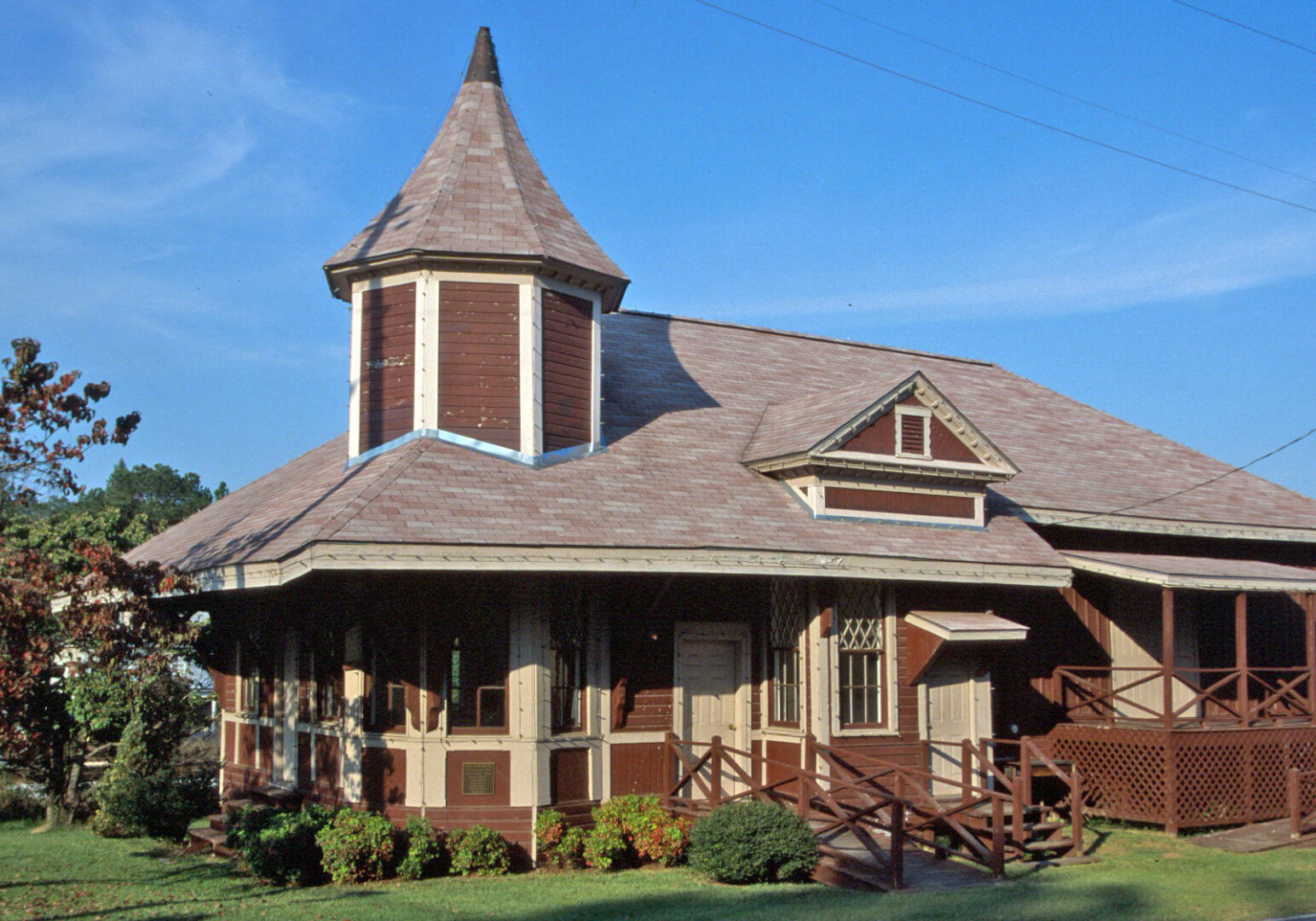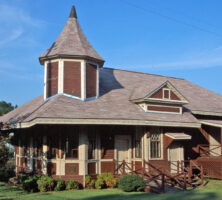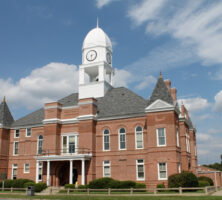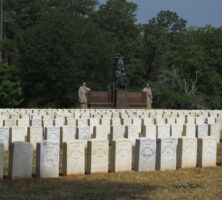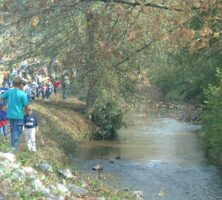Located in central Georgia, Macon County is 130 miles south of Atlanta and covers 403 square miles. The state legislature created Macon County, the ninety-first county in Georgia, in 1837 and named Lanier the first county seat. The earliest inhabitants were the Cherokee; Muskogee, who later became part of the Creek Nation; and Uchee Indians.
Created from parts of Houston and Marion counties, Macon County was named for Nathaniel Macon, a general in the Revolutionary War (1775-83). Macon joined a New Jersey militia company in the summer of 1776. In the fall of 1776 he left the College of New Jersey (later Princeton University) and returned to North Carolina. He studied law there until 1780, when he joined a North Carolina company as a private. Elected to the Second U.S. Congress, he served as both the U.S. Speaker of the House of Representatives and the president pro tempore of the U.S. Senate. Macon began his political career as a Democratic Republican but later became a Jeffersonian Republican.
The first white inhabitants of the area were Indian traders. In the late eighteenth century Benjamin Hawkins became the Principal Temporary Agent for Indian Affairs south of the Ohio River and settled on the Flint River in what is now Crawford County. Timothy Barnard, who was married to an Uchee Indian, became Hawkins’ assistant and interpreter, and his Macon County settlement was a popular trading post until his death in 1820. Out of the southwest Georgia wilderness he carved what became known as Barnard’s Paths, early trails to the Chattahoochee River and St. Marys. One of these trails connected to another trail that led all the way to St. Augustine, Florida. Because of his loyalty to the American cause during the Revolutionary War, Barnard’s wife and two sons were granted extensive land reserves in the area.
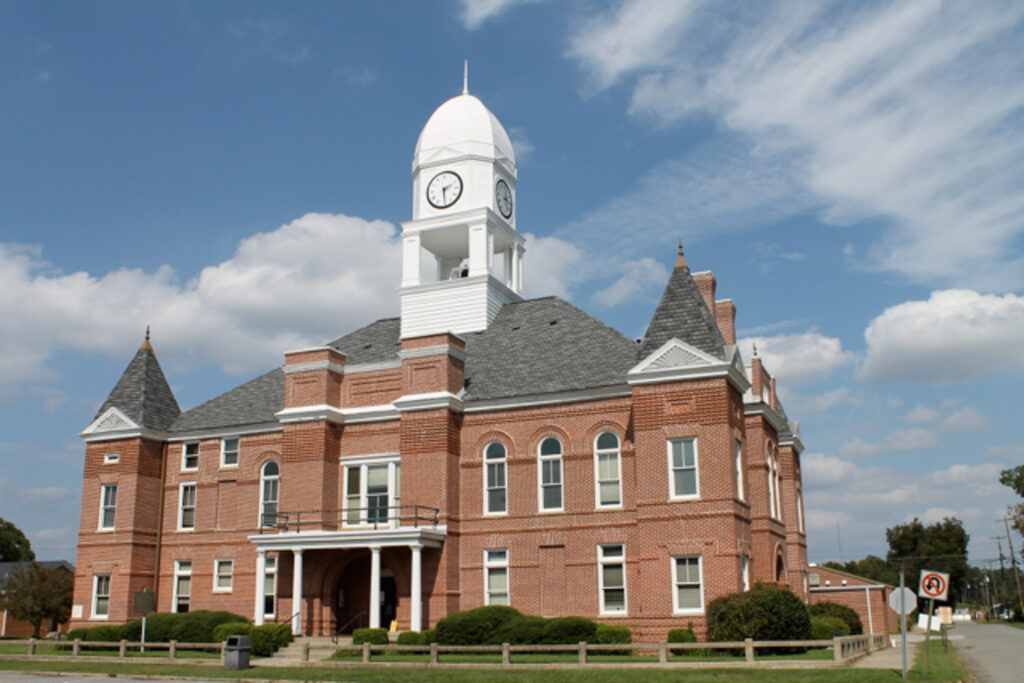
In 1856 the county seat was moved to its current location in the town of Oglethorpe, another former Indian trading post located on the Flint River. Named for James Edward Oglethorpe, the founder of the colony of Georgia, the city sits on land first settled by Barnard before the American Revolution.
During the Civil War (1861-65), the most notorious Confederate prisoner-of-war camp, Andersonville Prison, was located in Macon County, about nine miles south of Oglethorpe. Designed to hold 10,000 Union prisoners, Andersonville housed 33,000 at its height, 13,000 of whom died of hunger and disease. In September 1864 most of the surviving Union prisoners were moved as Union general William T. Sherman swept through Georgia on his march to the sea. Henry Wirz, the Confederate captain in charge of the prison, became one of the few Confederates executed for war crimes committed during the Civil War. Today the Andersonville National Historic Site includes a national cemetery, park, and prisoner-of-war museum. Most of the historic site is found in Macon County, and a small portion of its land lies in Sumter County.
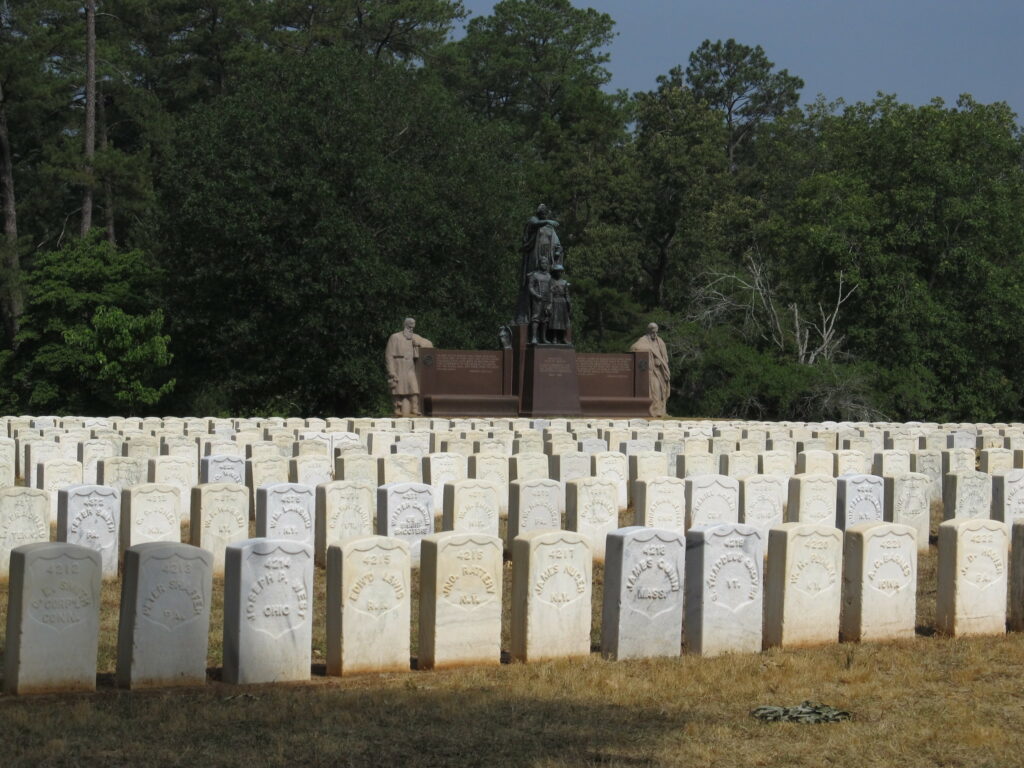
In 1936 sociologist Arthur F. Raper published his comparative study of Macon and Greene counties, Preface to Peasantry, which exposed the racial and economic inequalities of Georgia and the South. Raper sought to determine the effects of plantation life in those counties, arguing that slavery and sharecropping had created a culture of dependence. The end of plantation society was thus, according to Raper, a “preface to American peasantry.”
Macon County has been the home of several famous Georgians. Writers John Donald Wade, a member of the Vanderbilt Agrarian movement, and Adrienne Bond, a vice president of Mercer University, lived there, as did Sam Henry Rumph, who developed the Elberta Peach. Named for his wife, the Elberta Peach led to Georgia’s nickname, the Peach State.
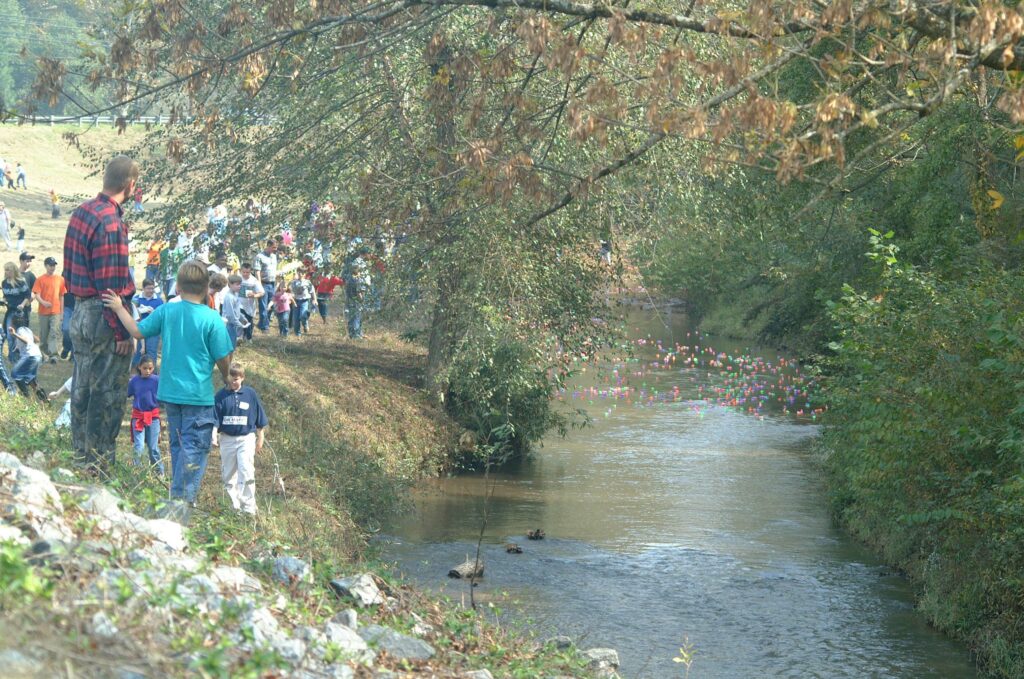
Agriculture has always been at the heart of Macon County’s economy. In addition to peaches, more milk is produced there than in any other county in Georgia.
Macon County High School is located in Montezuma, one of the largest cities in the county. Named after the famous Aztec leader by soldiers returning from the Mexican War (1846-48), Montezuma is also home to the county’s newspaper, the Citizen-Georgian, and has survived several floods, perhaps the greatest of which was the flooding of the Flint River in 1994. Other incorporated towns in the county are Ideal and Marshallville.
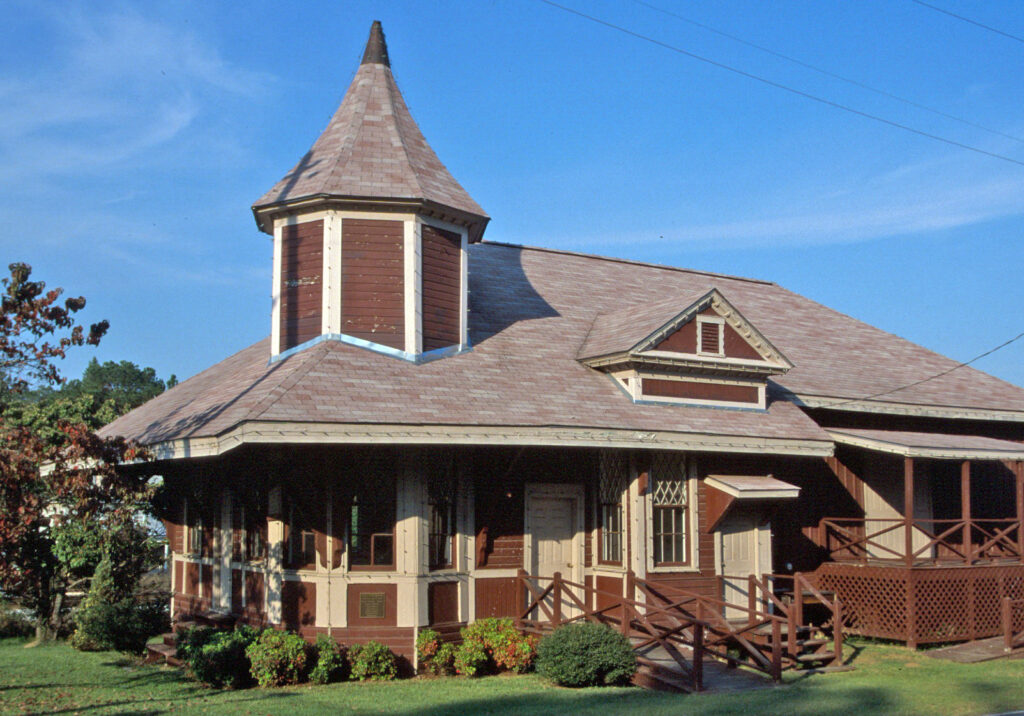
Tourist attractions abound in Macon County. In addition to Andersonville National Historic Site, there is a historic driving tour of the county. Whitewater Creek Park offers hiking and camping, and tourists may also visit a large Mennonite community that runs Yoder’s Deitsch Haus Restaurant, Bakery and Gift Shop. Annual celebrations include the Festival of Camellias, the Crape Myrtle Festival, the Beaver Creek Festival, and the Oglethorpe Fall Festival.
According to the 2020 U.S. census, the population was 12,082.





